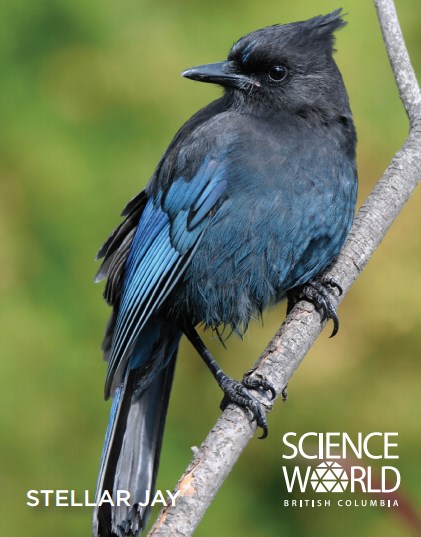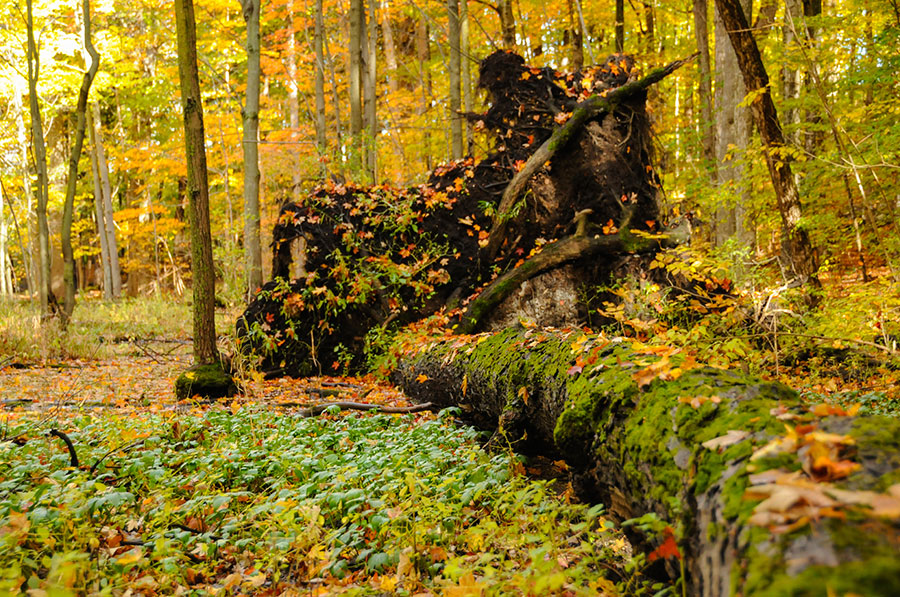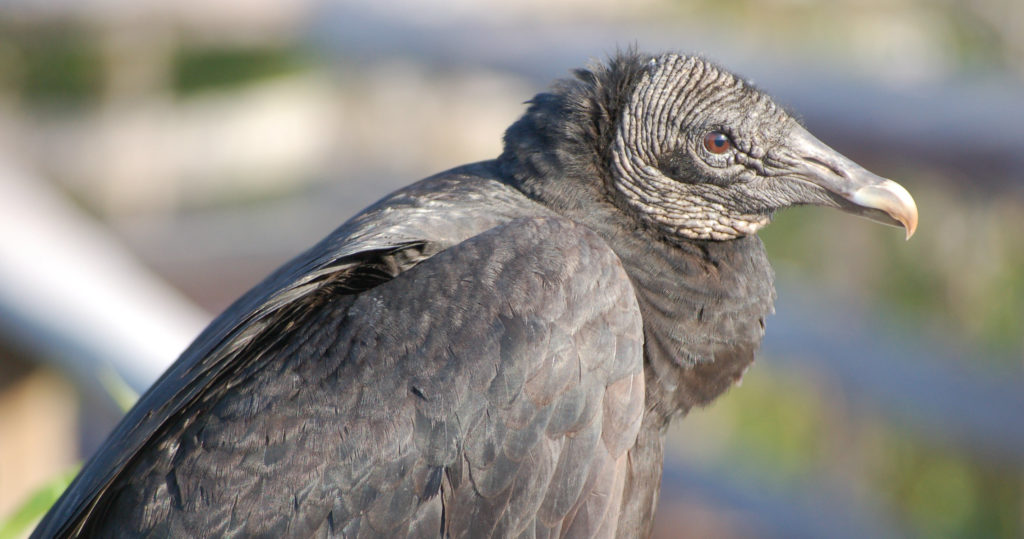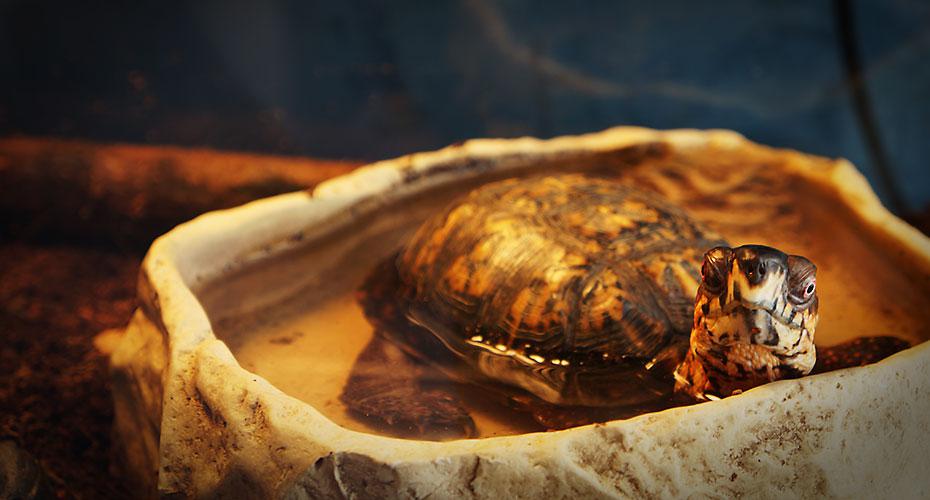In this activity, students classify common temperate rainforest animals and then research one specific animal to learn more about its niche and general habitat.
All the animals in the world can be organized into groups. The groups are organized based on the animals’ common characteristics.
| GROUP | CHARACTERISTICS | EXAMPLES |
| Birds | feathers, flight | crow, heron, eagle |
| Mammals | fur | bear, deer |
| Amphibians | can live in water and on land | frog, newt, toad |
| Reptiles | dry, scaly skin | snake, lizard |
| Insects | hard outer skeleton (exoskeleton) | fly, mosquito |

Each animal has individual basic needs to survive and thrive.
For example, all amphibians need water to survive and thrive, but each individual amphibian species may have more specific needs.
Our coastal temperate rainforest is home to many different plants and animals, each of which has needs that are met by the forest. The concept of niche explains what an animal needs to survive and who its main competitors are for these needs.
The temperate rainforest can be divided into several sections, each of which provides different living conditions or habitats. The canopy consists of the tops of the tallest trees. The understory is made up of small bushes and tall ferns. The forest floor is often covered in moss, and is made up of decaying plant and animal matter.





 copy.jpg)